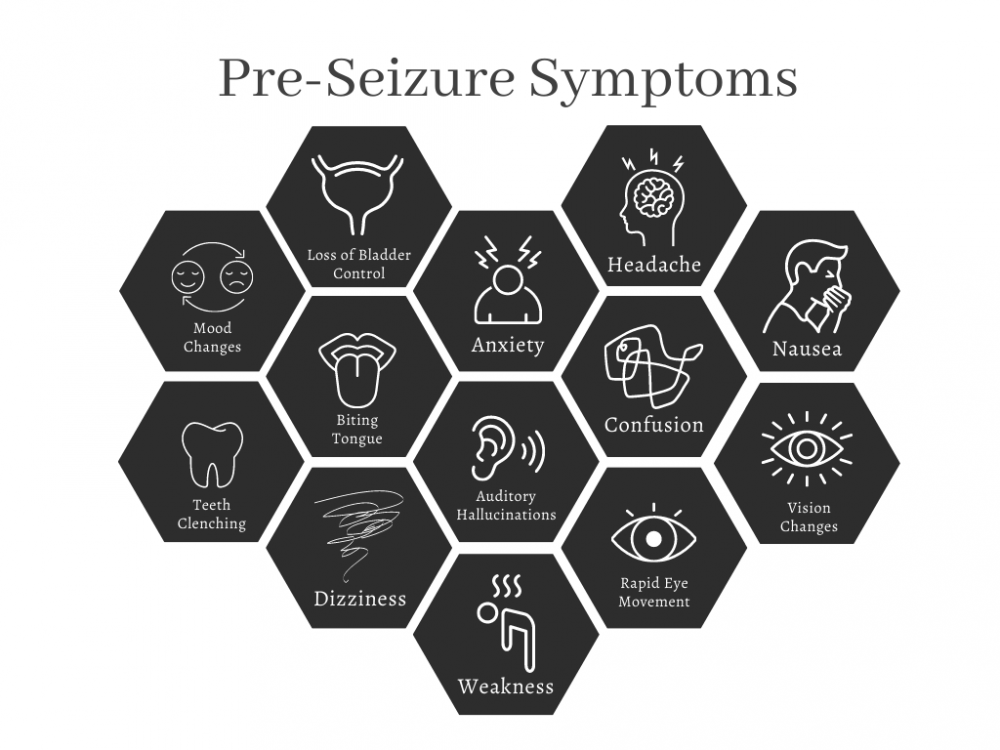
Medical cannabis, derived from the cannabis plant (Cannabis sativa), has gained significant attention for its potential therapeutic applications in various medical conditions, including epilepsy and pre-seizure symptoms. In this explanation, we will explore the scientific compounds present in cannabis, their effects on the body, and the potential of medical cannabis in managing pre-seizure symptoms.
Understanding Cannabis Compounds
Cannabis contains numerous chemical compounds, but two main classes are of particular interest: cannabinoids and terpenes. Cannabinoids are responsible for the primary therapeutic effects of cannabis, while terpenes contribute to its aroma and potential synergistic effects. The most well-known cannabinoids include tetrahydrocannabinol (THC) and cannabidiol (CBD).
Cannabinoids and Their Effects
THC and CBD are the most extensively studied cannabinoids, each offering distinct effects on the body’s endocannabinoid system (ECS). The ECS is a complex signaling network involved in maintaining homeostasis, impacting various physiological processes, including pain sensation, inflammation, and neuronal activity.
THC, when activated by binding to cannabinoid receptors in the brain, produces psychoactive effects, commonly associated with feeling “high.” However, THC has also demonstrated anti-inflammatory, analgesic (pain-relieving), and anti-nausea properties, making it potentially beneficial in managing certain symptoms associated with pre-seizure conditions.
On the other hand, CBD does not produce psychoactive effects and has shown potential anticonvulsant, neuroprotective, anxiolytic, and anti-inflammatory properties. CBD interacts with various receptors within the ECS, including modulating the activity of cannabinoid receptor type 1 (CB1) and cannabinoid receptor type 2 (CB2). These actions contribute to the potential therapeutic effects of CBD in managing pre-seizure symptoms.
Potential Medical Uses of Cannabis for Pre-Seizure Symptoms
Cannabis-based medications, particularly those rich in CBD, have shown promise in reducing seizure frequency and severity in certain types of epilepsy, such as Dravet syndrome and Lennox-Gastaut syndrome. Epidiolex, an FDA-approved CBD medication, has been proven effective in managing seizures associated with these conditions.
Furthermore, research suggests that cannabinoids, including THC and CBD, possess neuroprotective properties. They may help protect brain cells from oxidative stress, inflammation, and excitotoxicity, processes that contribute to neuronal damage during seizures.
Scientific Research and Studies
Numerous scientific studies have explored the potential benefits of medical cannabis in managing pre-seizure symptoms. For example, a 2017 study published in The New England Journal of Medicine demonstrated that CBD significantly reduced convulsive seizures in patients with Dravet syndrome.
Additionally, a review published in the Journal of Clinical Neurophysiology (2020) highlighted the potential of cannabis-based medications, primarily CBD, in reducing seizure frequency in patients with various types of epilepsy.
Conclusion
Medical cannabis, with its diverse cannabinoid and terpene profile, offers potential benefits for managing pre-seizure symptoms. While THC may provide analgesic and anti-inflammatory effects, CBD, in particular, has shown promise in reducing seizure frequency and severity. Continued scientific research and clinical trials are vital to fully understand the therapeutic potential of cannabis in the context of pre-seizure symptoms. It is crucial to consult healthcare professionals knowledgeable in cannabinoid therapy to assess individual circumstances and determine the safest and most effective treatment options.
Note: This information is intended for general knowledge and should not replace professional medical advice. Consult a healthcare professional for personalized guidance.
📗 Note: Enjoyed the diagram? For an even bigger hit of wisdom, puff, puff, pass your way to “The Doctor-Approved Cannabis Handbook” through this link 📗.

Summary Notes
Unraveling Pre-Seizure Symptoms: Understanding Early Warning Signs
Recognizing pre-seizure symptoms is critical for individuals with epilepsy and their caregivers, offering a valuable window for intervention and preparedness ahead of a seizure event. These symptoms, ranging from sensory disturbances and auras to behavioral and cognitive changes, serve as indicators of an impending seizure, varying significantly among individuals and seizure types.
Auras, often considered a type of pre-seizure symptom, can manifest as sensory, motor, or autonomic disturbances, providing a subjective sense of an oncoming seizure. Early warning signs may also include mood alterations, such as anxiety or depression, and subtle cognitive shifts, signaling the brain’s altered activity before a seizure.
The experiences of pre-seizure symptoms can differ markedly in children and adults, necessitating tailored approaches to recognition and management. Understanding these signs is vital for diagnosing different forms of epilepsy, including distinguishing between focal and generalized seizures, as well as differentiating epileptic seizures from non-epileptic episodes.
Technological advances, including EEG monitoring and seizure prediction devices, are enhancing our ability to detect pre-seizure activity, offering the potential for improved seizure management and quality of life for those with epilepsy. Patient education on recognizing and responding to pre-seizure symptoms is an essential component of comprehensive epilepsy care, empowering individuals to take proactive steps in their treatment and management strategies.
Research into the neurological mechanisms underlying pre-seizure symptoms and the development of prediction models holds promise for advancing our understanding of epilepsy and improving preventive care. As our knowledge of these early warning signs grows, so too does the potential for innovations in epilepsy monitoring, treatment, and patient support, aiming to reduce the impact of seizures on daily life and enhance overall well-being.

